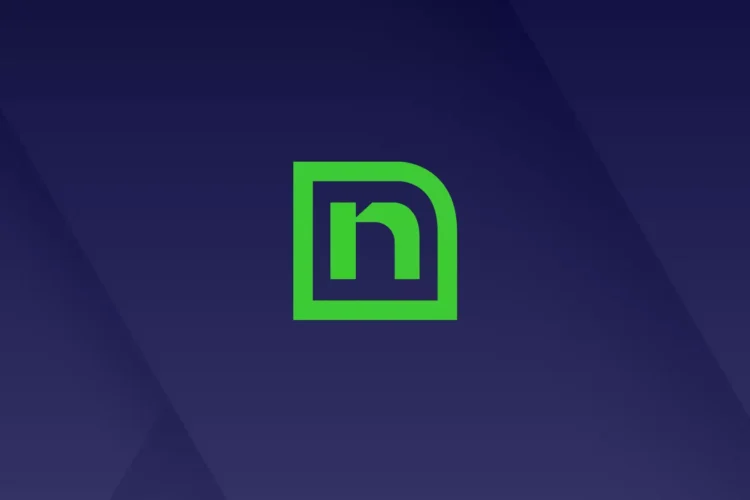The Confederated Salish and Kootenai Tribes (CSKT) of the Flathead Reservation are a federally recognized tribe in the U.S. state of Montana.
The Challenge
Like many tribal nations and organizations, CSKT spent years relying on traditional “old school” document management methods. These methods were closely tied to manual, paper-based, often unstructured processes. Its information spanned across many individual programs throughout the organization, often duplicated, and with inconsistent levels of accuracy. As a result, CSKT had poor visibility and lacked the means to aggregate its data or ensure everyone had access to it. Finally, CSKT was unable to share information securely.
The nation knew that its processes were inefficient and more difficult than they needed to be. It was time to go digital. CSKT also recognized that digital transformation was an urgent, inevitable move and would solve many of their problems.
The nation needed an affordable solution that could provide excellent flexibility so it could deploy it as a general solution for the entire organization. It also wanted high-quality professional services offerings to help them get off the ground running. When CSKT discovered OnBase by Hyland, they were particularly drawn to the platform’s superb flexibility. CSKT was also impressed with OnBase’s user-friendly interface on the front end. Kenji Kobayashi, CSKT’s Database Administrator, explained this selling point, saying, “One of our biggest priorities was to try to make it easy for the people who were actually touching it [processes] on a daily basis.”
In the end, CSKT chose OnBase to boost its tribal operational efficiency and selected Naviant to help them navigate this massive change. With Naviant as its guide, CSKT began mapping out its OnBase deployment one department at a time.
The Solutions
Tribal Council
The tribal council was CSKT’s top priority because they wanted the council members to see and understand the value of OnBase early on. Using the agenda management package, the nation automated the process that allows tribal members to appear before council. CSKT set up workflows that enable applications to pass through the approval processes with the budget committee, the legal department, the executive staff, and more, all in a single workflow. It was also able to automate the process of building out agendas and packets. These efficiency boosts accelerate routine processes, making life easier for not only the tribal council but tribal members as well.
Accounts Payable
Currently, CSKT is working to gradually automate its AP processes and remove paper altogether. The nation is working towards building more automation around how business credit cards are processed as well. Without automation, the process is highly inefficient and time-consuming.
Kenji explains, “Right now, we just get a bill for the entire tribe, and we’re trying to build out processes that can break those bills down and send the individual transactions for approval.” The nation also plans to use OnBase’s document management capabilities to improve the efficiency of its invoice management processes.
Integration with Central Accounting System
When it comes to OnBase integrations, CSKT is most focused on its central accounting system, which specializes in nonprofits. Integrating this system will allow the nation to replace older systems that currently handle its accounting workflows, as well as its inventory management systems, payroll, and time keeping functions.
CSKT also has various outdated systems and applications that it plans to replace and integrate down the road. While the nation can’t immediately replace them all, it is very excited that OnBase will ultimately be able to support them all as a single enterprise platform.
Human Resources
CSKT’s desire to establish structured, enforced processes was particularly relevant to its HR department. Currently, the nation doesn’t have official, enforced processes for onboarding and offboarding job candidates. Employees complete these processes manually by relying on a rough checklist, which can lead to mistakes and missed steps. To resolve this issue, CSKT plans to build a consistent workflow that adds structure to these processes. This change will allow these processes to run smoothly and efficiently without missing a single step.
Credit Department
Another significant automation opportunity that CSKT plans to pursue lies within the credit department. The employees who work within the department themselves have expressed the desire to establish more rigid, standardized processes that lend themselves to automation. Like the HR department, the credit department currently relies on loose checklists to ensure the completion of every step, which often leads to mistakes and forgotten steps. Automating this process will help the department to increase the accuracy and efficiency of its operations.
Process Analytics
The nation’s long-term vision for OnBase focuses on its presence in most aspects of tribal operations. This way, it can begin to take data from departments using OnBase and begin producing analytics. CSKT hopes to use these insights to have a more holistic view of tribal operations and find new opportunities to improve processes and increase efficiency.
“A lot of it is not so much going out and telling people we’re replacing what’s already working for them. It’s more going out and filling in gaps where they have nothing to help them with these functions.”
– Kenji Kobayashi, Database Administrator, CSKT
Working to Achieve Goals with Change Management
Every Digital Transformation faces the obstacle of resistance to change. To navigate this fear of the unknown in introducing OnBase, CSKT is taking the time to consider the perspective of its employees. Employees are often content with their current way of doing things. As a result, it’s important to hear these concerns and help them understand technology’s potential to make their jobs easier.
Describing CSKT’s approach to warming up employees to the idea of OnBase, Kenji said, “A lot of it is not so much going out and telling people we’re replacing what’s already working for them. It’s more going out and filling in gaps where they have nothing to help them with these functions.”
CSKT has worked directly with its employees to determine what kinds of issues they face in their work. The nation then uses these conversations as an opportunity to explain OnBase’s ability to solve these very issues.
But change management doesn’t stop being a priority after the new solution’s initial announcement. Its importance extends to the implementation stage too. To help its users become comfortable with OnBase and build support over time, CSKT is leading with gradual change.
The nation is kicking off its AP automation project by automating just a few larger processes and will gradually add more as time goes on. This way, when end-users start using OnBase, they’ll begin to see more value in it as time goes on and become OnBase advocates.
Kenji hopes as users become more accustomed to using the technology, they will become invested in it and begin thinking of new uses for it. “This is kind of dangling it out there to build support, so people will say, yeah, we love this, we should prioritize this, we’re trying to build momentum,” Kenji said.
A Flexible Solution for Future Growth & Scalability
When asked about what aspect of OnBase most impressed him, Kenji said, “Flexibility. The sheer amount of different tasks it is capable of tying into one system.” Above all, CSKT is very excited by OnBase’s potential as a platform that the nation can grow and scale on for years to come.
“We’re hoping that when the end-users start doing things in OnBase, they’ll start seeing more value, they will start thinking about, oh, we could do this, and what if we did this, and that’s really what we want, we want that investment.”
– Kenji Kobayashi, Database Administrator, CSKT



